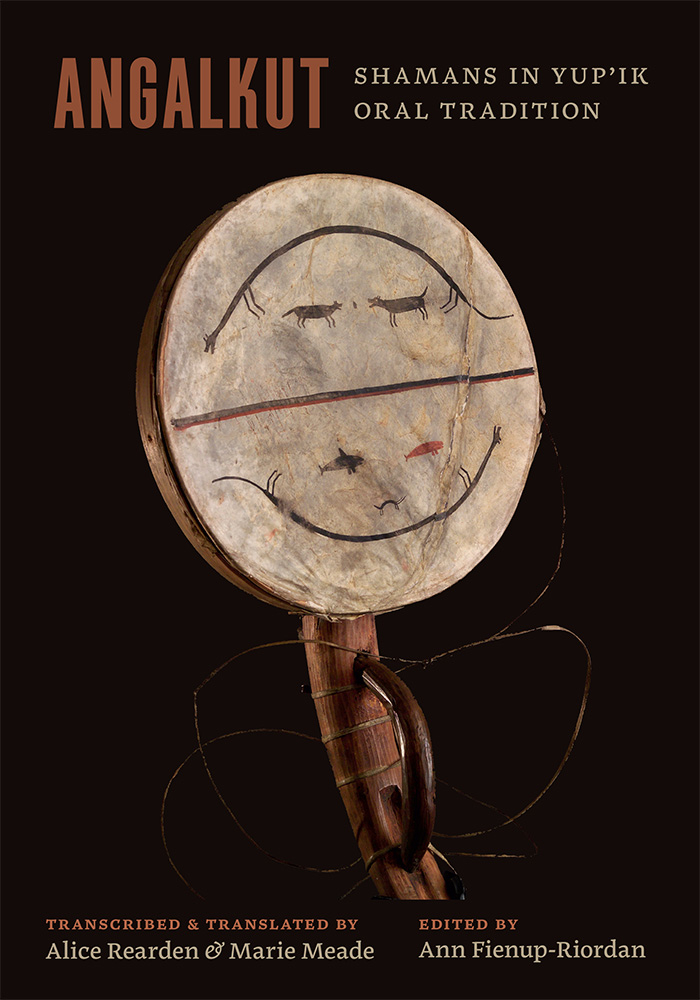Akulmiut Neqait
Fish and Food of the Akulmiut
Accessibility Tools

“Undoubtedly the finest and richest compilation of shamanic ethnographical information for Alaska. A great contribution to the preservation and transfer of Yup’ik knowledge and cosmology. The book gives precedence to the voices of the elders and their perspectives and provides access to powerful stories.”
—Frédéric Laugrand, Université Catholique de Louvain
The book begins with an English introduction that places Yup’ik oral traditions in the context of shamanism in Alaska and other parts of the Arctic. Then first-person accounts presented in the original Yup’ik with accompanying English translations discuss the importance of shamans and shamanism in general, good and bad shamans, and shamans as healers. Narratives from Nelson Island, Canineq, Kuskokwim River, Akulmiut, and Yukon River describe shamans as healers, shaman journeys and performances, shamans and masked dances requesting abundance, shamans and the dead, malicious shamans, shaman confrontations, becoming a shaman, and those who have shaman abilities today. A detailed glossary and references are also included.
Today, not only are these angalkut gone, but so are those who witnessed and participated in their activities. Angalkut/Shamans in Yup’ik Oral Tradition is the first book devoted exclusively to Yup’ik angalkut; never before has the variety of angalkut roles been profiled in publication, including the richness of elders’ recollections of these individuals and their roles. There is great value in the stories they left behind. This fine-grained presentation of unique, bilingual first-person narratives is an essential resource for scholars and students interested in Yup’ik heritage, Yugtun language, shaman ethnography, and Alaska Native oral traditions.
The ebook edition will be made open access within three years of publication thanks to Path to Open, a program developed to bring about equitable access and impact for the entire scholarly community, including authors, researchers, libraries, and university presses around the world. learn more
Media
Lithub.com